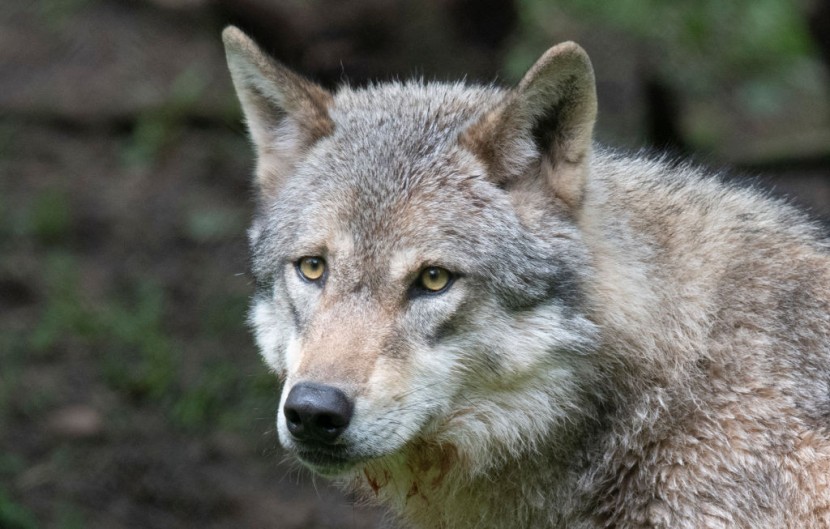
Wolf attacks in Europe are on the rise, despite the species' near extinction a century ago.
Their number have rebound over the past few decades because of conservation efforts and this has sparked protests from farmers and concerns among conservationists.
In 2023, breeding packs of grey wolves were found in 23 EU countries, with an estimated population of around 20,300, bringing more frequent encounters with humans, according to France24.
European Commission President Ursula von der Leyen lost her pony Dolly last year after a wolf crept into its enclosure in Germany. She's now intensely focused on wolve issues.
She says wolves have become a real danger, especially for livestock.
France is one of a handful of countries dealing with the population growth of wolves.
Wolves had disappeared in the country by the 1930s but began returning in the 1990s.
The wolf is a common theme in ancient mythology and children's fairy tales that portray them as threatening creatures.
"Wolves have been and remain an object of fascination for many human societies," explained Nicolas Lescureux, who studies human-animal relations at France's CNRS scientific research center.
"The wolf is not a saint, a secret animal, or a devil," he said.
In France, compensation for damage caused by wolves amounted to four million euros ($4.3 million) in 2022, compared with 65 million euros in damage caused by wild boars and deer, stated the news outlet.
© 2026 HNGN, All rights reserved. Do not reproduce without permission.









